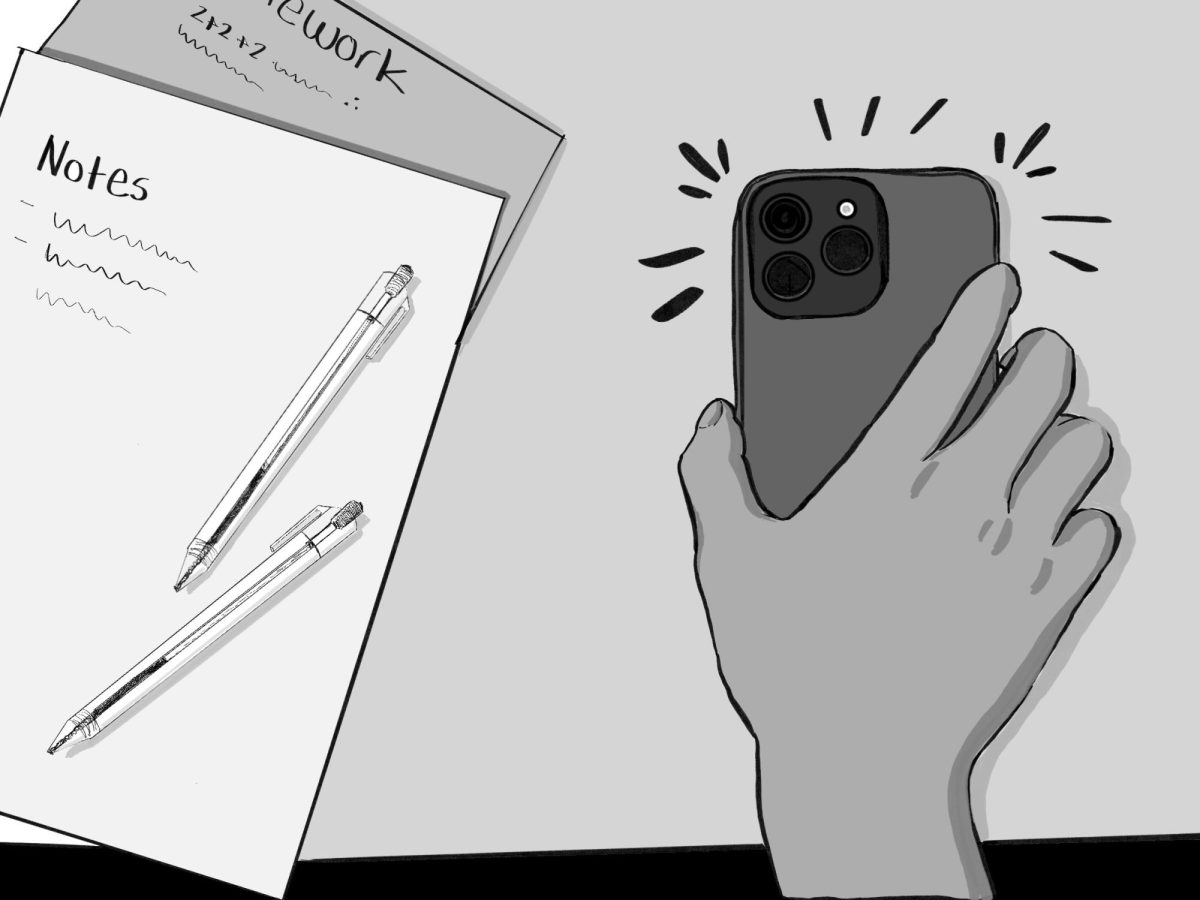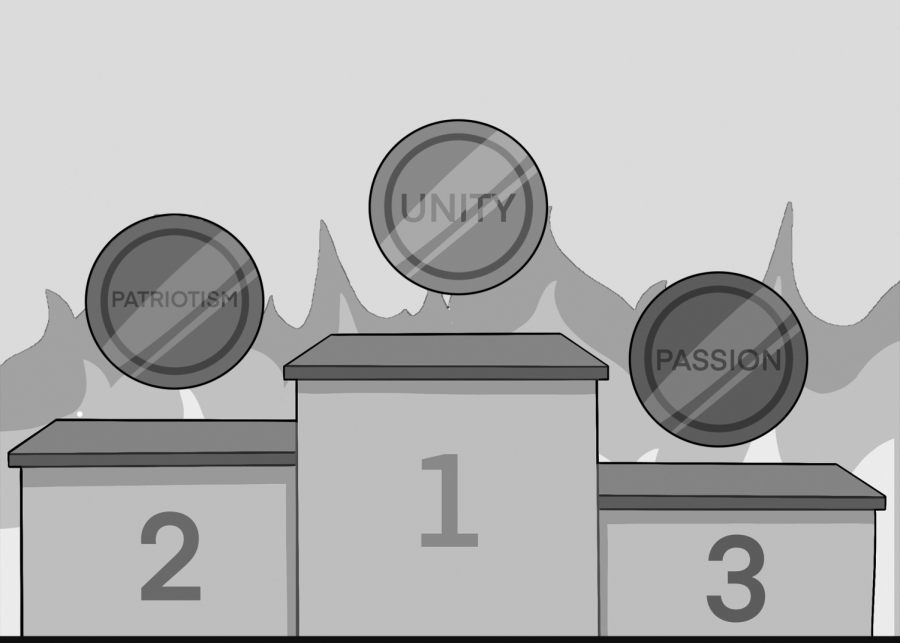
Then school starts, and we receive our daily doses of disheveled bed head and pajama tops via Zoom. For almost a quarter of each day, we sit facing the screen, filling breaks with TikTok, Snapchat and Instagram. Whether for work or for play, we’re constantly on our devices.
How do you start talking to someone you’re interested in being more than just friends with? The first step usually begins with responding to a Snapchat story or a direct message on Instagram. The second step entails sending a daily Snapchat message. After the third step—being added to their private story— the real-time conversations through FaceTime begin.
All three steps have one common thread tying them together: technology and, more specifically, how involved our beloved tech has become in our daily lives.
The recently released Netflix documentary “The Social Dilemma” lays bare the prevalence of ‘Big Tech’ and its power. The sources, which include former Silicon Valley executives, add nuance to the ever-growing debate over the detrimental effects of technology on our mental health. “The Social Dilemma” argues that our growing addiction to the virtual world comes from the nature of technology, which is designed to create profit like any other type of corporation in America. As Facebook, Google and even Pinterest have come under the social microscope, we see that the concerns over data harvesting aren’t about security. These companies are the largest advertising powers in the world and use their data to predict our human behavior. In order to make sales as ad placement sellers but also to create tech companies expanded their reach and honed in on their AI systems to not only target customers, but to also create the impetus for us to buy that tennis skirt on Etsy or a new pair of AirPods. On a larger scale, this sways elections through the Facebook ad situation, like in 2016. And it looks like, with the greater integration and reliance on technology, the stakes will only get higher.
The first iPhone came out in 2007, Instagram was released in 2010 and Snapchat was developed in 2011. Gen Z is the first generation to live with this phenomenon called social media.
Look at your pinky finger on the side that you hold your phone. Compare it to your other pinky. Is there a little indent on the inside of that second ridge where you hold your phone?
Or maybe you instinctively open Snapchat or Instagram out of nervous habit when you’re waiting in public. We see technology expanding its reach over us, and we have the authority to make what we want of it. The next time you wake up on the phone side of your bed, just keep this in mind.
































